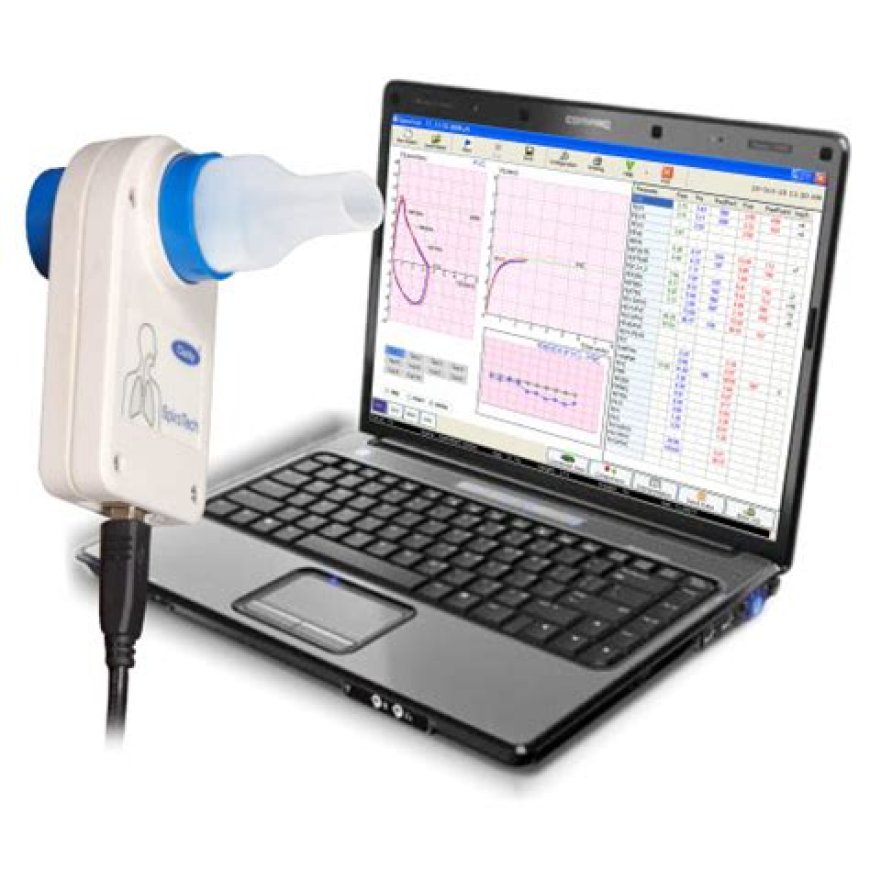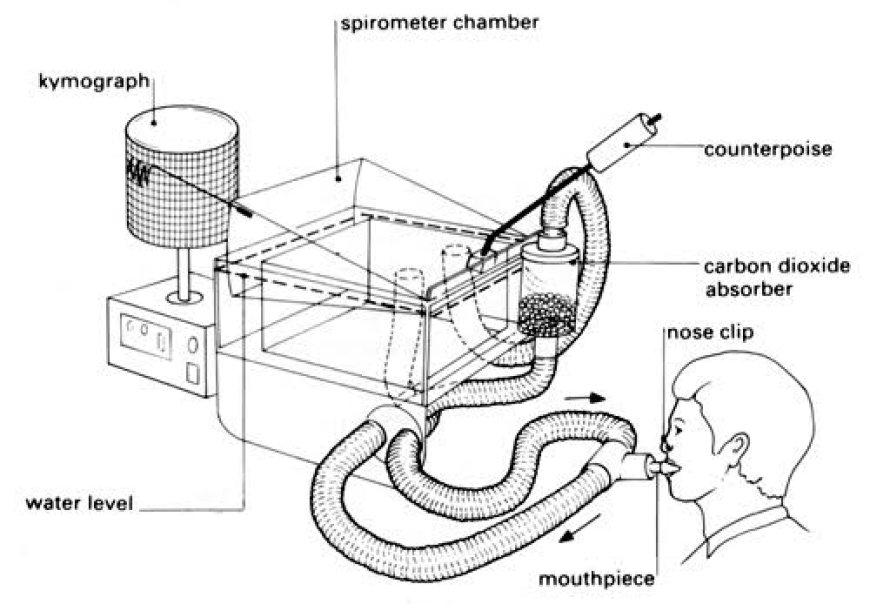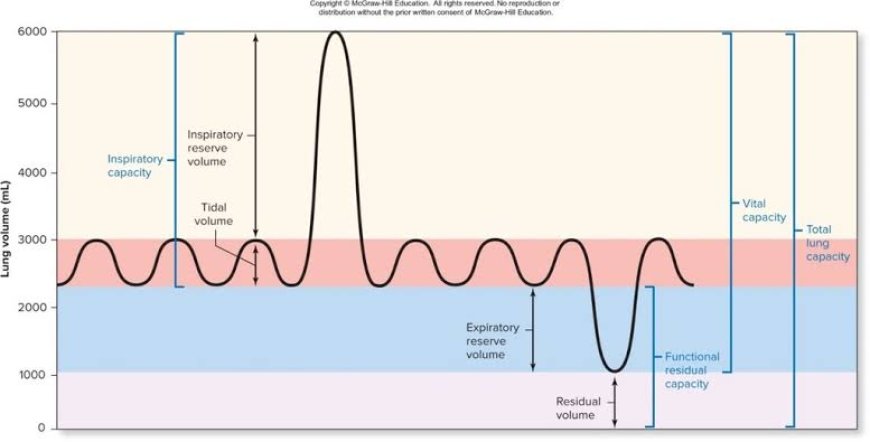The Amazing World of Spirometry: A Deep Dive Into Breathtaking Technology
Hey there, fellow breathers! Ever wondered how doctors measure your lung capacity? It's not magic, although it might feel like it sometimes. It's all thanks to a fascinating device called a spirometer, and the process is called spirometry. Get ready for a fun and detailed exploration of this amazing technology!
What is Spirometry?
Spirometry is a simple, non-invasive test that measures how much air you can breathe in and out and how quickly you can do it. It's like a fitness test for your lungs! Think of it as a personal lung workout report card. Doctors use spirometry to diagnose and monitor various lung conditions, such as asthma, chronic obstructive pulmonary disease (COPD), and cystic fibrosis. It can also help assess the effectiveness of treatments for these conditions.
Anatomy of a Spirometer: Meet the Parts!
Let's get acquainted with the key components of a modern spirometer:
1. Mouthpiece: This is the hygienic, disposable part that you gently place between your lips. It's crucial for accurate readings and prevents the spread of germs. Think of it as your personal breathing portal to the spirometer's inner workings.
2. Flow Sensor: This is the brains of the operation. It's a tiny, super-sensitive device that measures the speed of air flowing in and out of your lungs. It's incredibly precise, detecting even the slightest changes in your breathing pattern.
3. Volume Sensor (optional): Some spirometers include a volume sensor in addition to a flow sensor. This sensor directly measures the volume of air inhaled and exhaled. Having both sensors provides a more comprehensive picture of lung function.
3. Turbine (in some models): Certain spirometers use a small turbine to measure airflow. As you breathe, the turbine spins, and the speed of rotation is directly proportional to the airflow rate.
4. Filter: This unsung hero protects the sensitive internal components from dust, moisture, and other contaminants in your breath. It ensures the accuracy and longevity of the spirometer.
5. Housing: This is the sturdy casing that protects all the internal components. It usually includes a display screen and buttons for operation.
6. Display Screen: The screen shows your lung function results in real-time, displaying vital information such as forced vital capacity (FVC), forced expiratory volume in 1 second (FEV1), and peak expiratory flow (PEF).
7. Control Buttons: These allow you to start and stop the test, review previous results, and navigate the spirometer's menu. They're usually straightforward and easy to use.
8. Data Storage and Transfer: Modern spirometers often have built-in memory to store your test results and capabilities to transfer data to a computer or smartphone for analysis and record-keeping.
The Inner Workings
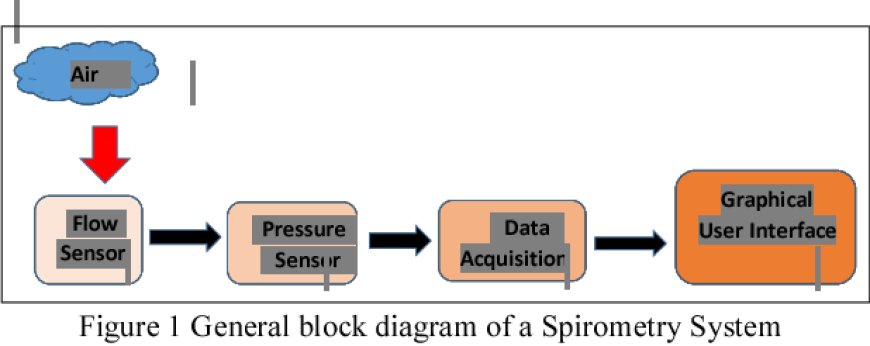
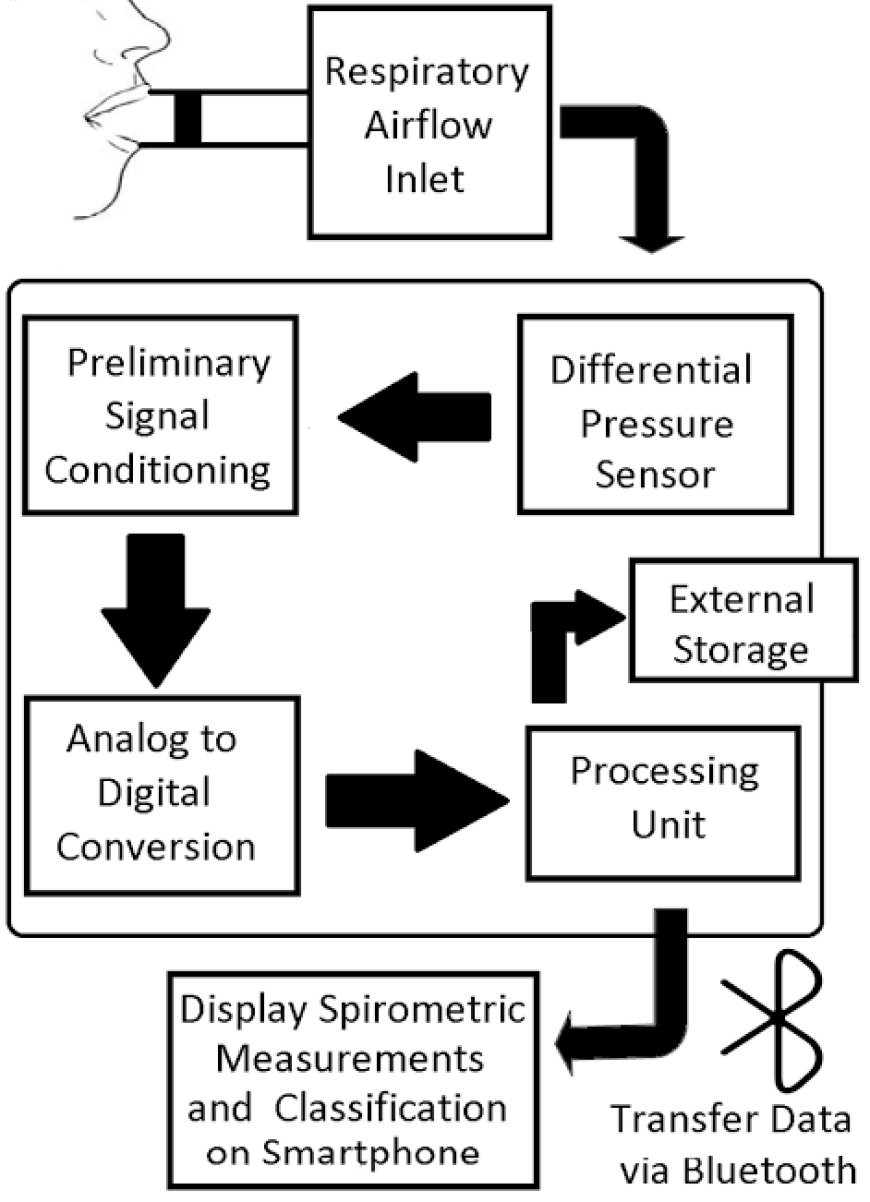
Imagine a simplified version of a spirometer's inner workings:
[Mouthpiece] --> [Flow Sensor/Turbine] --> [Signal Processing Unit] --> [Display Screen] --> [Data Storage]
The signal processing unit is the heart of the system. It takes the raw data from the flow sensor (or turbine) and converts it into meaningful measurements that are displayed on the screen and stored for later analysis.
Spirometry in Action: The Test Itself
The spirometry test is surprisingly straightforward. After a quick explanation from your healthcare provider, you'll be asked to:
1. Take a deep breath: Inhale as deeply as you can.
2. Blow forcefully and steadily: Exhale as hard and as fast as you can into the mouthpiece for at least 6 seconds.
3. Repeat: You'll typically need to perform several repetitions to ensure accurate and reliable results.
The entire process usually takes only a few minutes, and the results are immediately available on the display screen.
Interpreting the Results: What Do the Numbers Mean?
The spirometer provides several key measurements, including:
- Forced Vital Capacity (FVC): The total amount of air you can forcefully exhale after a maximal inhalation.
- Forced Expiratory Volume in 1 Second (FEV1): The amount of air you can forcefully exhale in the first second of the test.
- FEV1/FVC Ratio: This ratio helps determine the type of lung disease you might have.
- Peak Expiratory Flow (PEF): The maximum speed of air you can exhale.
The Importance of Spirometry: Why It Matters
Spirometry plays a vital role in the diagnosis, management, and monitoring of various lung conditions. It helps healthcare providers:
- Diagnose lung diseases: Spirometry can help identify the presence and severity of lung diseases.
- Monitor disease progression: Regular spirometry tests can track the progress of lung disease over time.
- Assess treatment effectiveness: Spirometry can help determine whether a particular treatment is working effectively.
- Prevent serious complications: Early detection of lung problems through spirometry can help prevent serious complications.
Spirometry is a simple yet powerful tool that provides valuable insights into your lung health. Understanding the spirometer and the spirometry test can empower you to take better care of your respiratory system. So, the next time you're asked to take a deep breath and blow into a tube, remember that it's not just a test; it's a window into the amazing world of your lungs!

